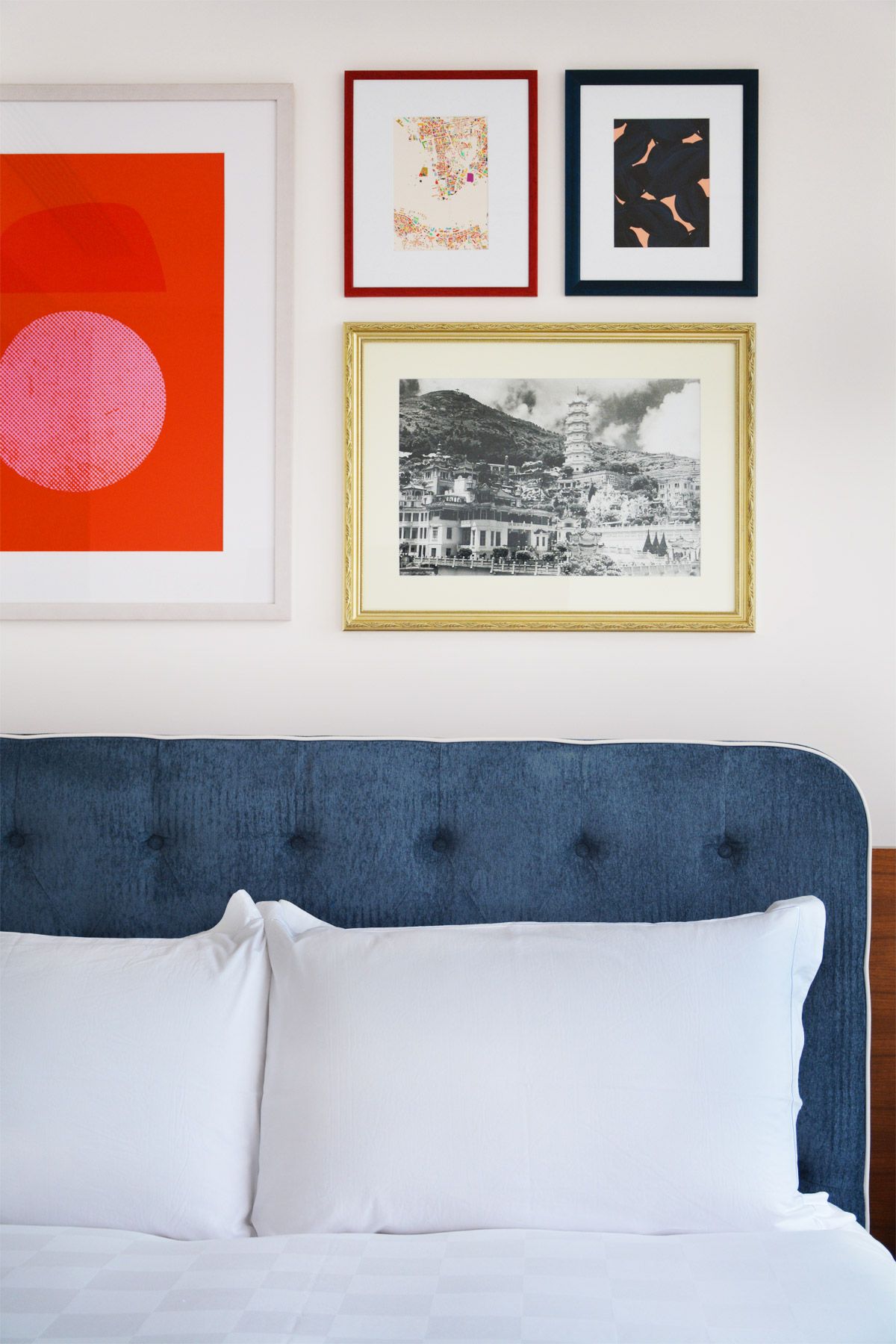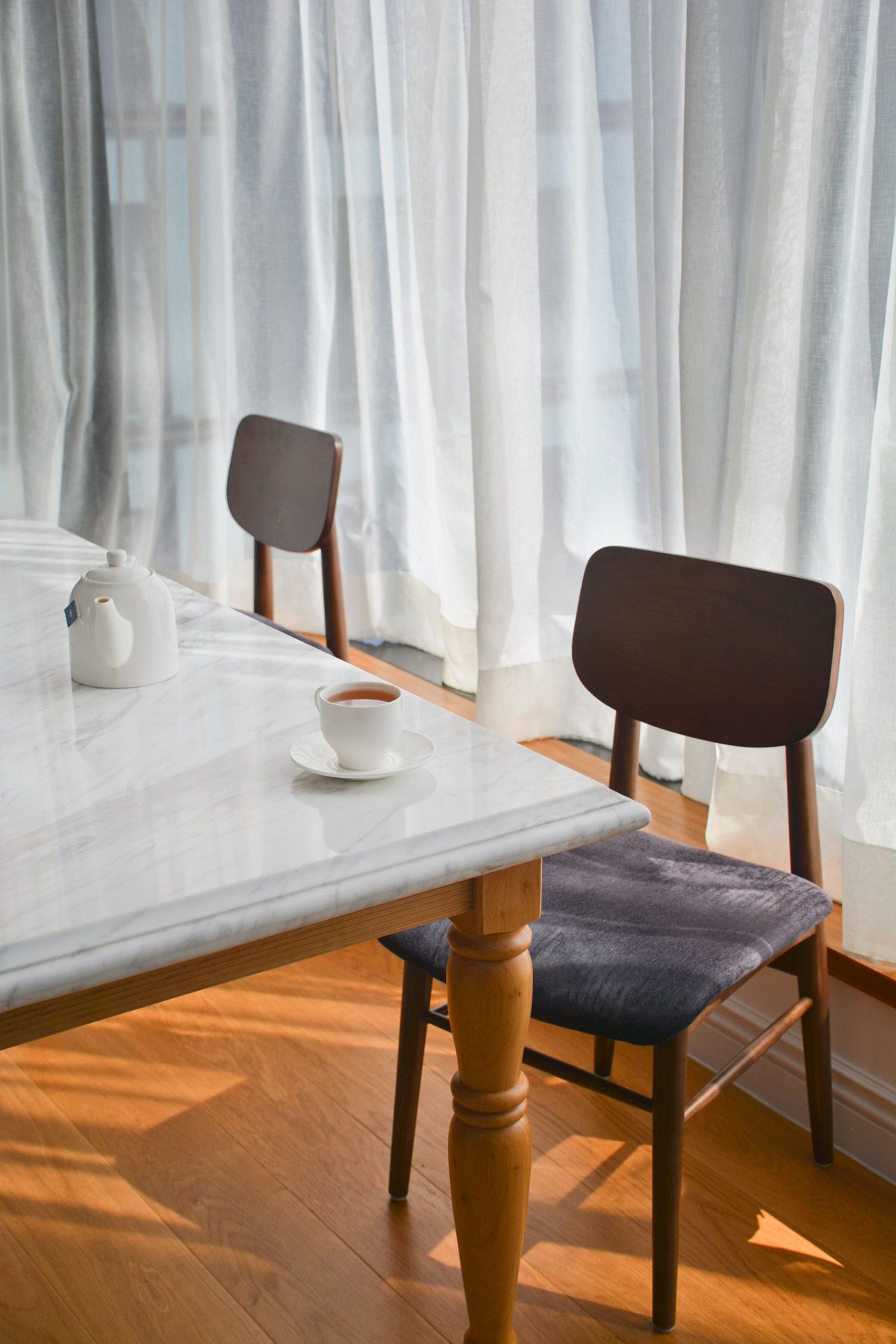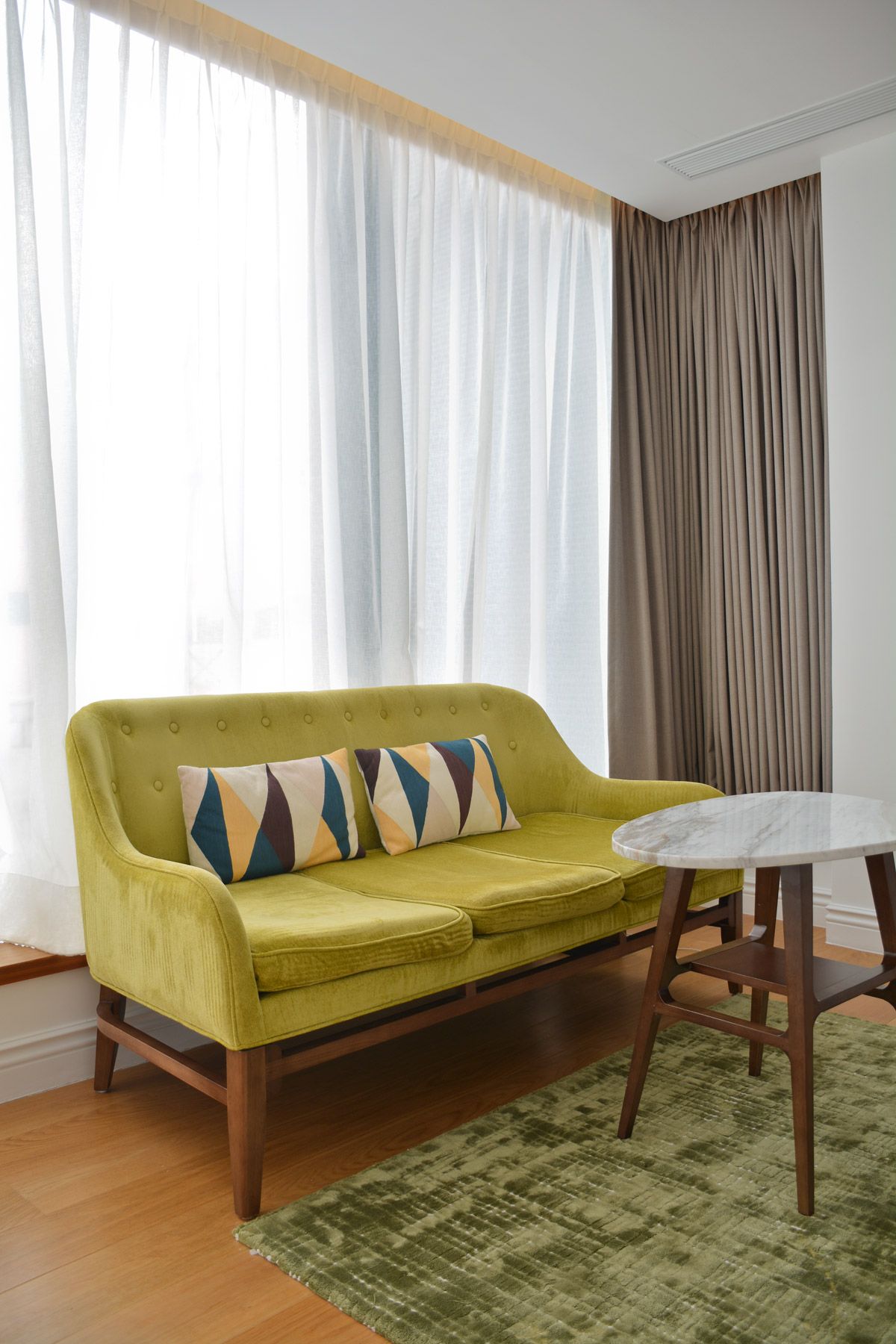Designer Tommy Pao-Watari, who designed boutique serviced residence Little Tai Hang, also sheds light on how he plans to revive the surrounding neighbourhood
Natural light takes on a beautifully ethereal quality in Little Tai Hang, the boutique hotel in the eponymous neighbourhood tucked by the wayside between Causeway Bay and Tin Hau. Unobstructed by any neighbouring building or the room’s floor-to-ceiling windows, and softly filtered by gauze curtains, it’s a rare luxury for a complex located next door to one of the most densely populated shopping districts in Hong Kong.
See also: Danny Cheng’s Yuen Long Home Is The Ultimate Car Lover’s Hideaway
Even rarer still are the views towards the architecturally distinctive Lai Tak Tsuen public housing estate (prominently featured in 2017’s Ghost in the Shell) on the landward side, and on the other, an unbounded vista of Victoria Park, Victoria Harbour, and the Kowloon Peninsula beyond.

“The natural topography is a big thing: Tai Hang is sandwiched between [Victoria Park and the Causeway Bay Sports Ground] and Causeway Bay,” explains the project’s owner and architect, Tommy Pao-Watari. “It’s a little bit more sheltered and it’s got a lot of nature in it. It’s very rare that you have this Central Park-esque view that looks into the harbour. We lucked out!”
For all of its quaint charm and geographical advantages, Tai Hang remains a neighbourhood that, thankfully, remains off-radar for most people, lending it a remarkable serenity and laidback atmosphere.
Opened just shy of one year ago in March 2017, Little Tai Hang was the area’s highest-profile development in years, yet Tommy was aware of the need to integrate it into the existing social fabric of local history and generations-old family businesses.
“I believed in the whole area and I wanted to build upon what was already here,” he says. “That’s why I included Tai Hang into the hotel name. The better the hotel does, the better the neighbourhood does, and we’re able to attract more interesting tenants and demographics to this area.”


